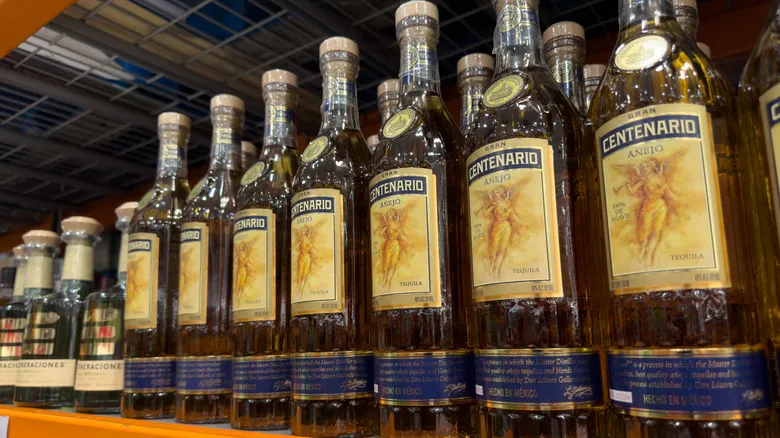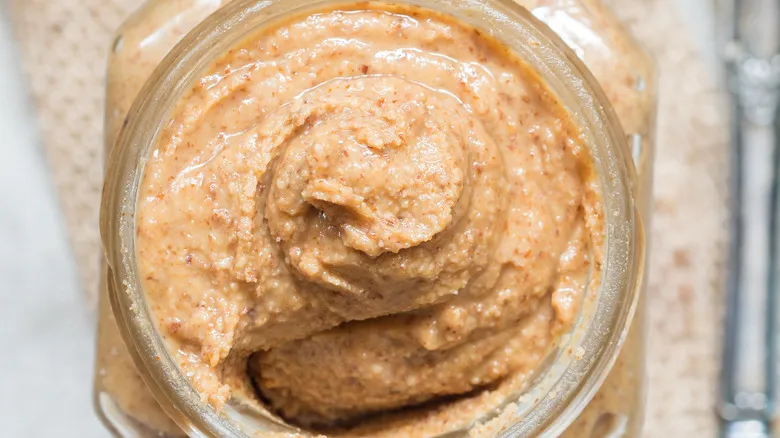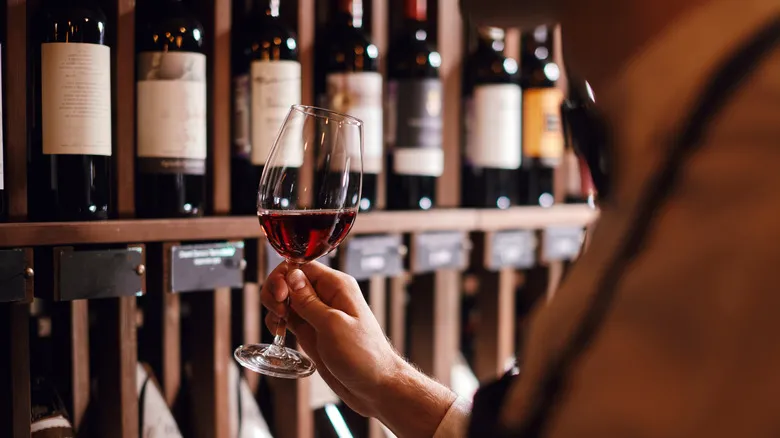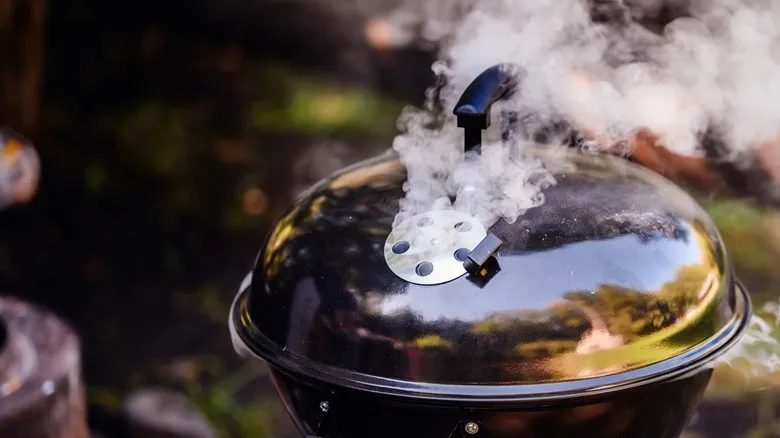How to drink añejo tequila
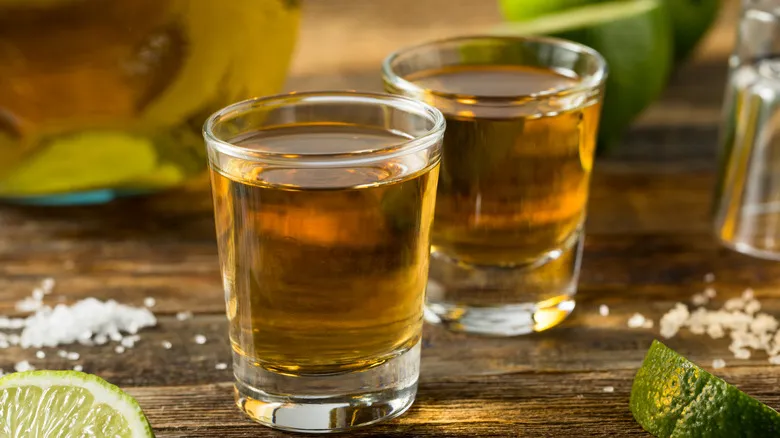
The prolonged aging process of both añejo and extra añejo tequilas results in a higher price range. Generally, the longer the aging period, the more costly the bottle becomes. Añejo tequila aged for one year typically retails for about $40 to $80, with Costco's Kirkland tequila brand providing a budget-friendly alternative. Extra añejo tequilas exhibit a much wider price spectrum; younger varieties start at approximately $150, while those aged between five to nine years can range from $300 to $700.
Añejo tequilas are vastly different from the low-quality options often served as shots in typical dive bars. Although there are many excellent mixers for tequila, añejo is intended to be savored neat or on the rocks, much like a fine whiskey. While the flavors are best appreciated on their own, they can also be used in select cocktails such as an Old Fashioned or Manhattan.
Extra añejo is reserved for special occasions when you want to showcase a remarkable bottle. This tequila is best enjoyed at room temperature or slightly chilled, without ice, to preserve its rich, complex flavors. Each sip of extra añejo is designed to unveil new layers of taste.
Recommended
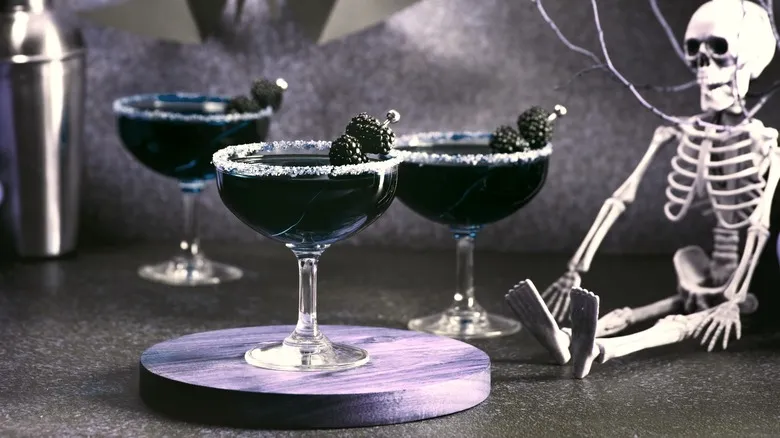
Make Your Own Black Vodka To Add A Spooky Twist To Your Cocktails
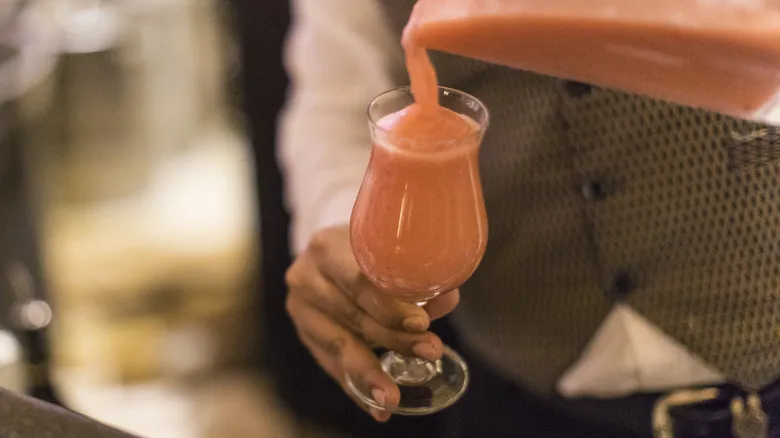
The Secret Ingredient And Technique That Yield Perfectly-Blended Frozen Cocktails
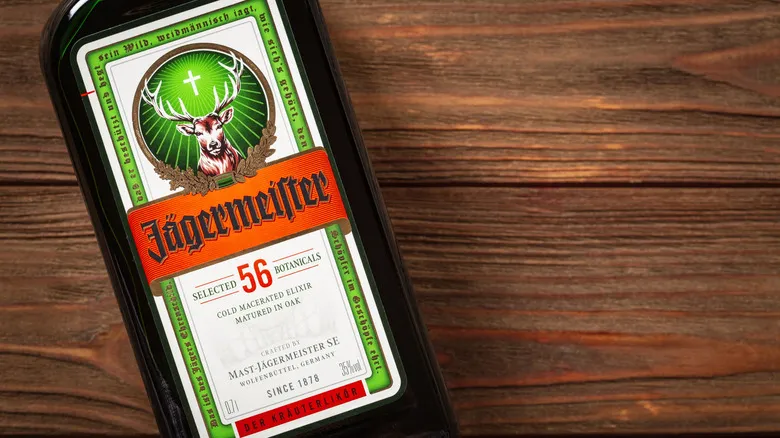
What Type Of Alcohol Is Jägermeister?

5 Delicious Combinations For The Best Fall-Themed Jell-O Shots
Next up

